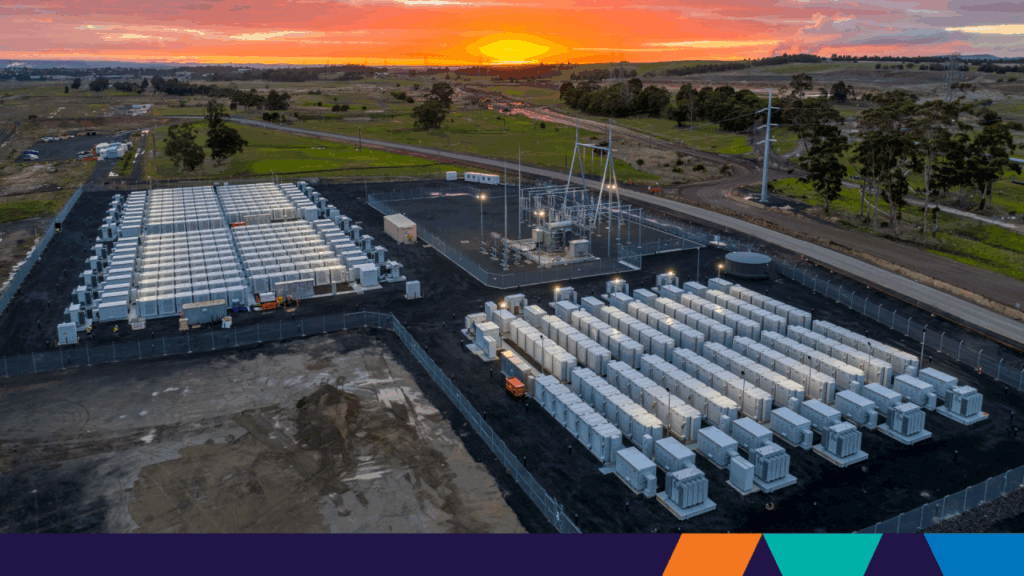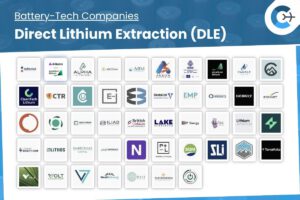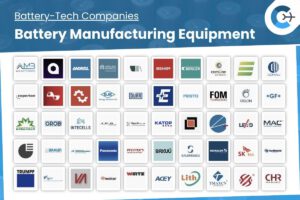The global energy storage sector is on track for another record year in 2025 as utility-scale projects expand into new regions. BloombergNEF (BNEF) forecasts that developers will add 94 gigawatts (247 gigawatt-hours) of battery capacity this year, a 35% increase over 2024 and the highest annual total to date (excluding pumped hydro). Through 2035, BNEF expects the market to grow at a 14.7% compound annual rate, reaching annual additions of 220 GW/972 GWh.
Mainland China remains the largest market, fueled by requirements that new wind and solar installations include storage. However, a February 2025 policy shift will move wind and solar payments to market-based structures, removing mandatory storage as a grid-connection condition. Local authorities must define implementation details by year-end, and some provinces have already maintained pairing mandates. BNEF anticipates that storage additions will stay robust as project economics and existing local rules continue to drive battery deployments.
In the United States, higher import tariffs have softened growth projections. The administration raised base tariffs on batteries and components from China, Canada and Mexico—up to 145% on Chinese imports as of April 10. Under BNEF’s base-case scenario (54% tariffs), four-hour turnkey system costs rise 30% in 2025 to $266/kWh. In a higher-tariff scenario, annual build could fall 51–74% from 2025 through 2027. Rising costs are leading to renegotiated contracts, delayed projects and some cancellations, while domestic cell producers still rely on imported graphite and other materials.
Utility-scale projects are driving capacity gains in Saudi Arabia, South Africa, Australia, the Netherlands, Chile, Canada and the UK. In the Europe-Middle East-Africa region, large-scale storage is growing faster than residential installations and is expected to become the dominant segment by 2026. Globally, commercial deployments are forecast to overtake residential by 2030 as solar-plus-storage attachment rates rise.
Lithium iron phosphate (LFP) continues to dominate stationary storage, supported by Chinese manufacturers such as CATL, BYD and EVE Energy. Nickel-based chemistries—nickel manganese cobalt oxide and nickel cobalt aluminum oxide—remain important for electric-vehicle batteries and some utility projects, particularly in Japan, South Korea and the US. Interest in sodium-ion batteries has waned as LFP prices decline.
Source: BloombergNEF
















